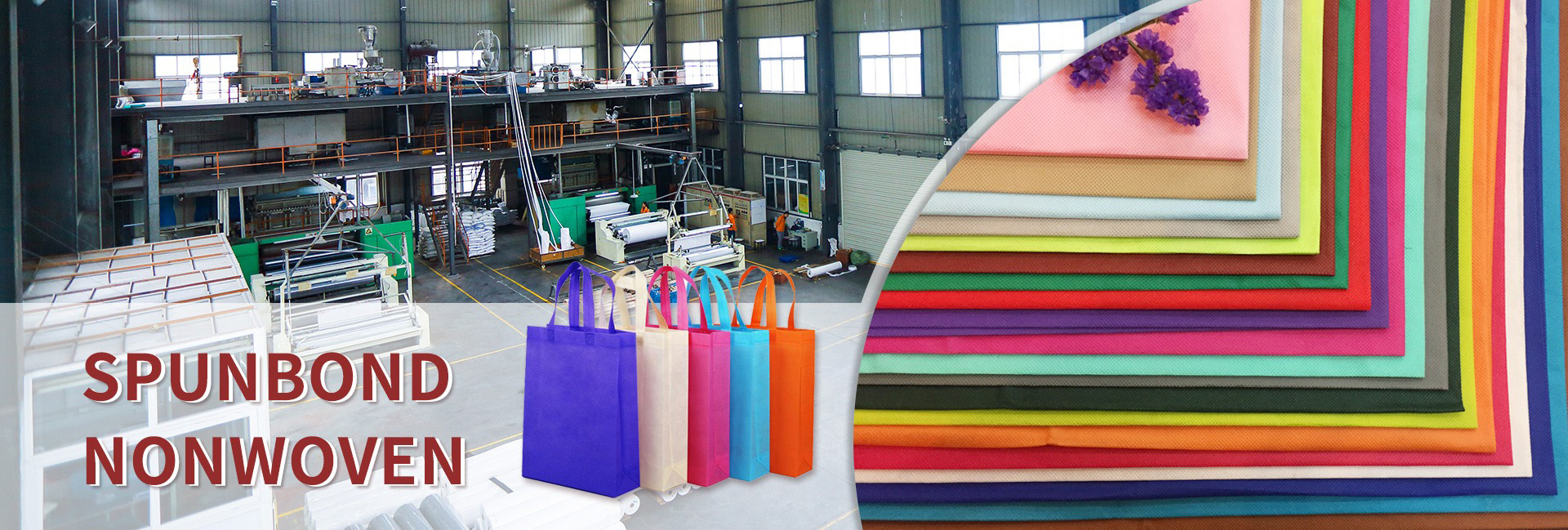Traditional surgical gowns, while ensuring a sterile barrier, present significant physiological challenges to medical staff due to their airtight nature—the stuffiness, sweating, and heat stress during prolonged surgeries are jokingly referred to as “gentle torture.” This not only affects the comfort and concentration of medical staff but also concerns surgical safety. Now, with the advent of intelligent temperature-controlled spunbond fabric, this century-old dilemma is undergoing a fundamental transformation. Surgical gowns are no longer simply “protective shells” but have transformed into a perceptible and responsive “second skin,” proactively creating an ideal “microclimate” for medical workers.
How to Achieve Intelligent Regulation of the “Microclimate”?
The technology behind this revolutionary material is the cross-integration of several cutting-edge technologies:
Intelligent Thermochromic Materials:
Phase Change Microcapsules: This is the core of the technology. Phase change materials such as paraffins and hydrated salts are encapsulated in micron-sized capsules and fixed inside or between spunbond fibers. When a healthcare worker’s body temperature rises, the microcapsules absorb heat and change from a solid to a liquid state, effectively lowering the perceived temperature. When the environment cools, the microcapsules release heat and change back from a liquid to a solid state, keeping the body warm. The entire process occurs near a constant temperature, thus achieving a “constant temperature” buffer.
Graphene and other thermally conductive materials: Utilizing graphene’s excellent planar thermal conductivity, heat from locally overheated areas of the body is rapidly and evenly distributed across the entire surface of the clothing, preventing localized heat accumulation and achieving a “uniform temperature” effect.
Flexible sensing and actuation network:
Flexible fiber optic sensors or conductive fibers, thinner than a human hair, are embedded in spunbond fabric to form a distributed sensing network that monitors the temperature and humidity in different areas within the clothing in real time.
This data is wirelessly transmitted to a micro-processing unit. After algorithmic analysis, it can drive a micro-ventilation system or electrothermal/cooling module integrated into the fabric for precise temperature and humidity regulation.
Advanced Spunbond Manufacturing Process:
The aforementioned functional materials are uniformly blended and compounded with matrix polymers such as polypropylene during the spinning stage, ensuring the long-lasting effectiveness and washability of the smart functions. This in itself represents an extreme challenge and upgrade to traditional spunbond technology.
Multiple Values Beyond Comfort
The value of this technology goes far beyond making healthcare workers “more comfortable”:
Improved Surgical Safety and Efficiency:
Maintaining stable core body temperature for healthcare workers significantly reduces heat stress-induced decreased attention, dizziness, and impaired judgment, directly improving surgical accuracy and safety.
Keeping skin dry reduces the risk of contamination of sterile areas due to wiping away sweat.
Expanding to Personalized Medicine and Health Management:
It can be applied to special dressings for burn patients, providing an optimal environment for wound healing through intelligent temperature control.
Developing smart clothing for the elderly, infants, and other groups with weak thermoregulation capabilities to prevent heatstroke or hypothermia.
Long-term monitoring of core body temperature data can be used as part of the occupational health records of healthcare workers for health early warning and fatigue management.
Driving Industrial Upgrading: From “Fiber” to “Chip”
This signifies that the textile industry is leaping from traditional labor-intensive manufacturing to a high-tech integrated industry based on materials science, microelectronics, biomechanics, and data. The added value of a surgical gown will be determined by its “intelligence.”
Future Prospects and Challenges
Despite the promising prospects, intelligent temperature-controlled spunbond fabrics still face challenges in moving from the laboratory to large-scale clinical applications:
Durability and Reliability: How to ensure the stable performance of phase change microcapsules and flexible circuits after dozens of high-temperature and high-pressure sterilization cycles?
Cost and Accessibility: Initial costs will inevitably be high. How can large-scale production and process optimization make it a product that medical institutions can generally afford?
Energy and Integration: Should micro-batteries be used for power supply, or should a passive temperature control system be developed? How can electronic components be integrated into the fabric in the thinnest and lightest way, without affecting the wearing experience?
A Silent Revolution in Wearable Technology
The emergence of intelligent temperature-controlled spunbond fabric is a perfect embodiment of the future concept of “materials as machines.” It imbues previously “silent” textiles with the abilities to sense, compute, and move. When a surgeon remains dry and mentally sharp after hours of surgery, it is precisely this technological light “woven” into the fibers that supports him.
This is not only a victory for textile technology, but also the ultimate manifestation of humanistic care in the field of medical technology. The future is here, quietly woven into every inch of the fabric we wear, redefining how we interact with our environment.
Dongguan Liansheng Non woven Technology Co., Ltd. was established in May 2020. It is a large-scale non-woven fabric production enterprise integrating research and development, production, and sales. It can produce various colors of PP spunbond non-woven fabrics with a width of less than 3.2 meters from 9 grams to 300 grams.
Post time: Nov-05-2025

